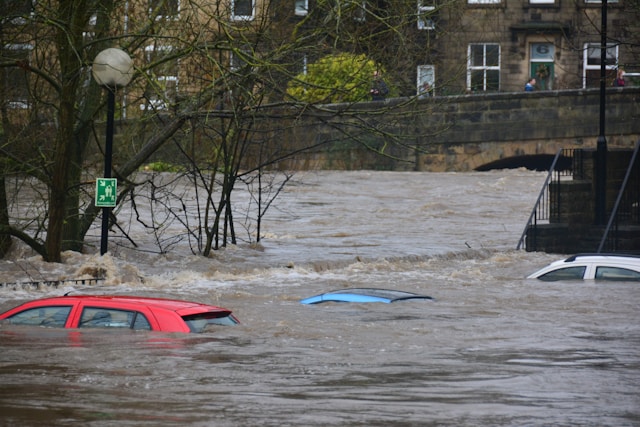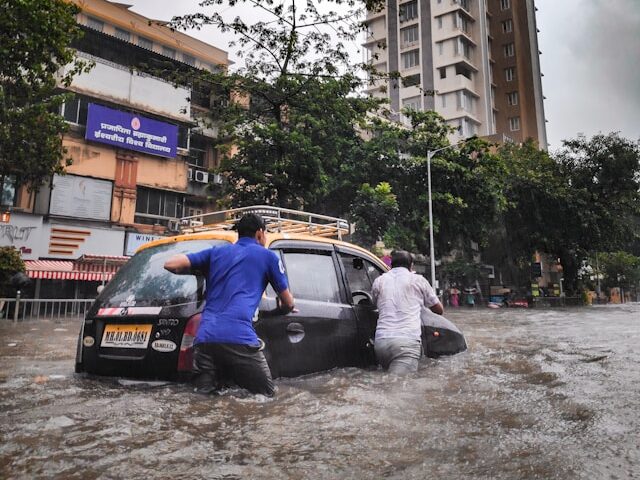Nature’s wrath knows no bounds, from rumbling earthquakes to towering floods. Natural catastrophes are a global phenomenon, with each location facing its own distinct set of hazards.
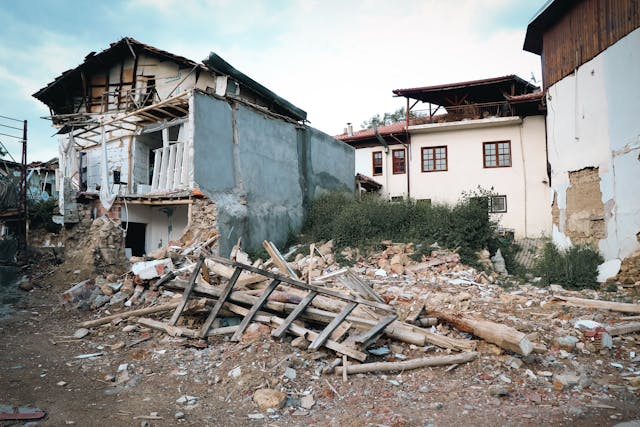
These disasters cause immense damage to both communities and environments. We examine the ten most common categories of natural disasters in this article, providing insights into their causes, effects, and resistant-building strategies.
1. Floods
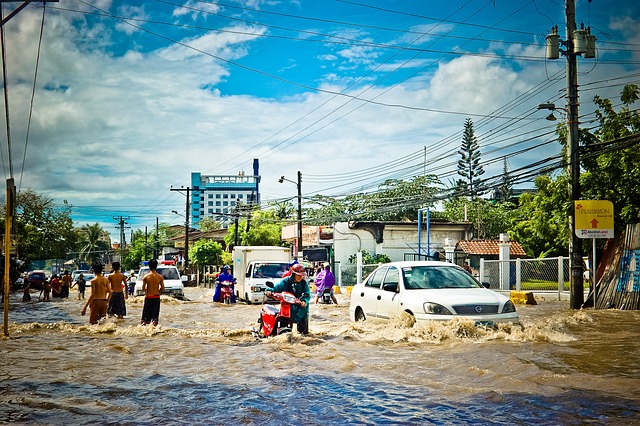
Floods are among the most destructive natural disasters, affecting millions worldwide each year. Whether caused by heavy rainfall, overflowing rivers, or storm surges, floods can submerge vast areas, destroying homes, crops, and infrastructure.
The aftermath often includes contamination of water sources and increased risk of waterborne diseases. Climate change worsens flooding, intensifying rainfall patterns and sea level rise.
2. Storms
Storms comprise of a broad range of weather phenomena, including hurricanes, cyclones, typhoons, and tornadoes. These violent atmospheric disturbances causes powerful winds, torrential rain, and lightning, causing widespread damage to property and posing significant risks to human life.
Storm surges accompanying hurricanes can overwhelm coastal regions, leading to catastrophic flooding and erosion.
3. Earthquakes

Earthquakes result from the sudden release of energy along geological faults, leading to ground shaking and, in severe cases, tsunamis. The impact of earthquakes depends on factors such as magnitude, depth, and proximity to populated areas.
Collapsed buildings, infrastructure damage, and loss of life are common consequences. Preparedness measures such as earthquake-resistant construction and early warning systems can mitigate risks.
4. Extreme Temperatures
Extreme temperatures involve both heatwaves and cold snaps, each posing unique challenges to human health and well-being.
Heatwaves can trigger heat-related illnesses and exacerbate pre-existing medical conditions, particularly in urban areas with inadequate cooling infrastructure. Conversely, severe cold can lead to hypothermia, frostbite, and increased energy demand for heating.
Follow Nekius
visit Nekius Shop
nekius
5. Landslides
Landslides occur when slopes become unstable due to factors such as heavy rainfall, seismic activity, or human activities like deforestation and construction.
The sudden movement of soil, rocks, and debris can bury homes, roads, and vegetation, causing casualties and disrupting transportation networks. Proper land use planning and early warning systems are essential for mitigating landslide risks.
6. Drought
Droughts are prolonged periods of abnormally low precipitation or sun-shine, leading to water shortages and environmental stress. Agricultural sectors are particularly vulnerable, with crop failures and livestock losses threatening food security and livelihoods.
Droughts also impact freshwater availability, ecosystem health, and energy production. Sustainable water management practices and drought-resistant crops are key adaptation strategies.
7. Wildfires
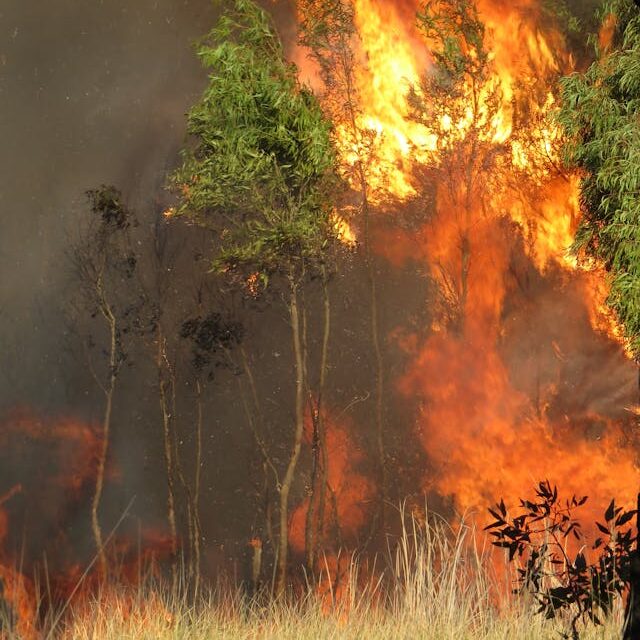
Wildfires are increasingly prevalent in regions with dry climates and abundant vegetation, worsened by factors like climate change and human activities such as arson and improper land management.
These infernos consume vast swathes of forests, grasslands, and homes, releasing harmful pollutants and causing air quality issues. Effective wildfire prevention and firefighting techniques are critical for reducing the risk of catastrophic blazes.
8. Hurricanes and Typhoons
Hurricanes and typhoons are tropical cyclones characterized by strong winds, heavy rainfall, and storm surges. These intense weather systems form over warm ocean waters, gaining strength as they move across vast distances.
Coastal communities are particularly vulnerable to their destructive impacts, with extensive flooding, property damage, and loss of life. Early warning systems and evacuation plans are essential for minimizing casualties.
9. Tornadoes
Tornadoes are violent windstorms characterized by rotating columns of air extending from thunderstorms to the ground. These funnel-shaped vortexes can reach wind speeds exceeding 300 miles per hour, causing immense destruction in their path.
Tornado-prone regions, colloquially known as “Tornado Alley,” face significant risks to property and lives. Adequate sheltering and community preparedness are crucial for tornado mitigation.
10. Snowstorms and Blizzards
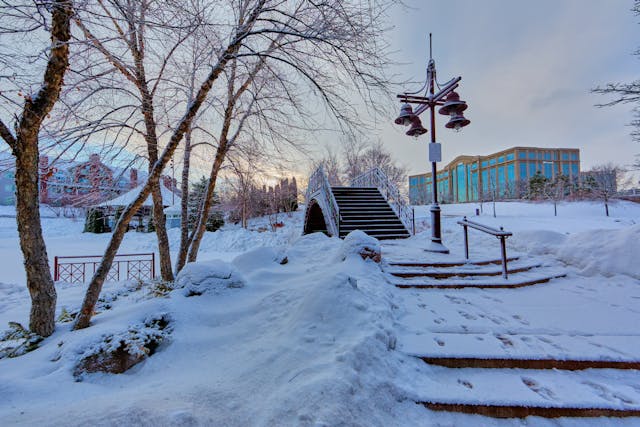
Snowstorms and blizzards occur in cold climates, characterized by heavy snowfall, strong winds, and reduced visibility. These winter weather phenomena pose risks to transportation networks, power grids, and public safety.
Stranded motorists, power outages, and frostbite are common consequences of severe snowstorms. Timely weather forecasts and winterization measures can help communities cope with blizzard conditions.
Natural disasters can take many different forms, and each one poses different difficulties for the impacted communities. Establishing resistance to this occurances involve measures like disaster planning, climate adaptation, and sustainable development, even though the frequency and intensity of these occurrences may differ by place.
